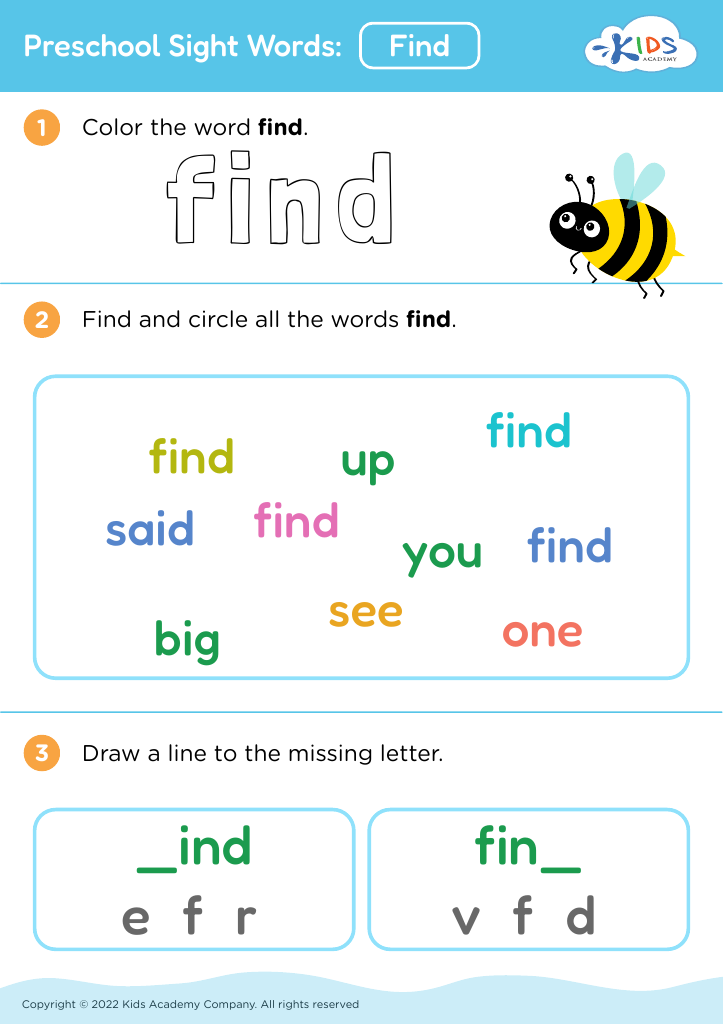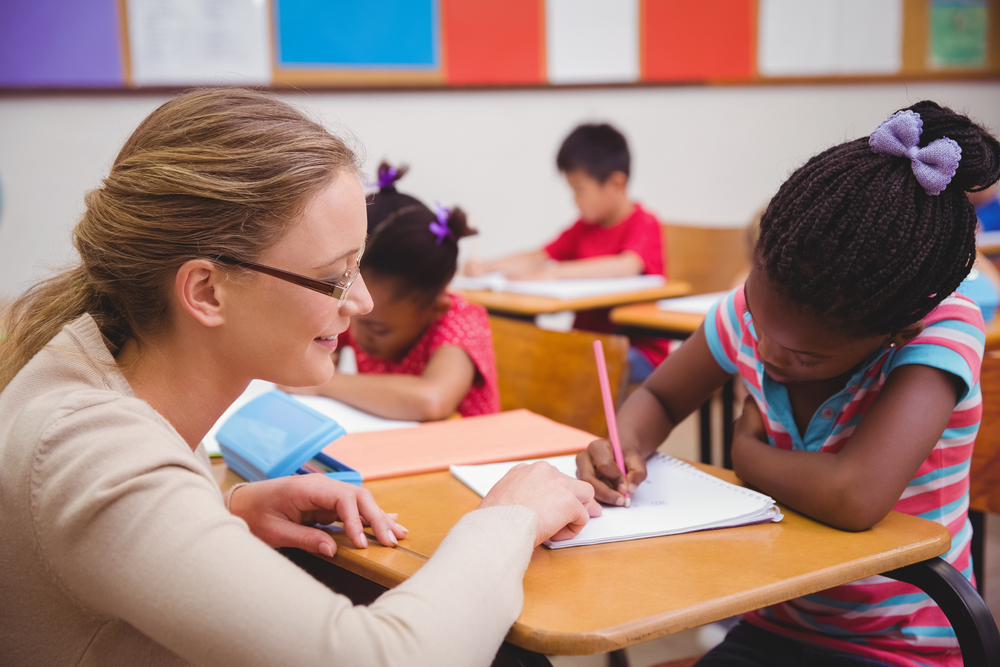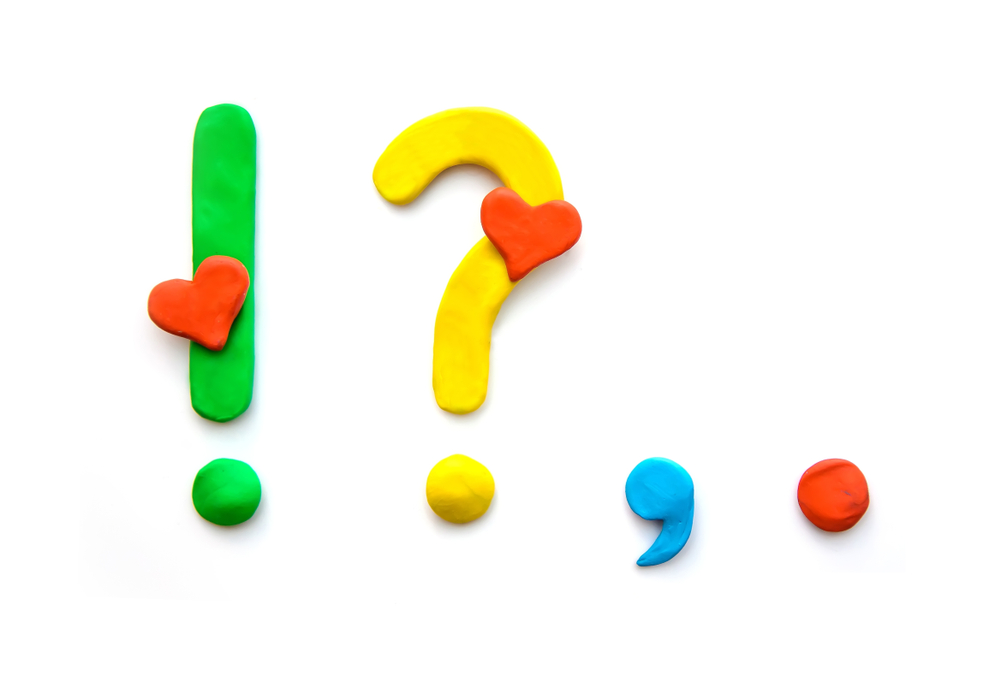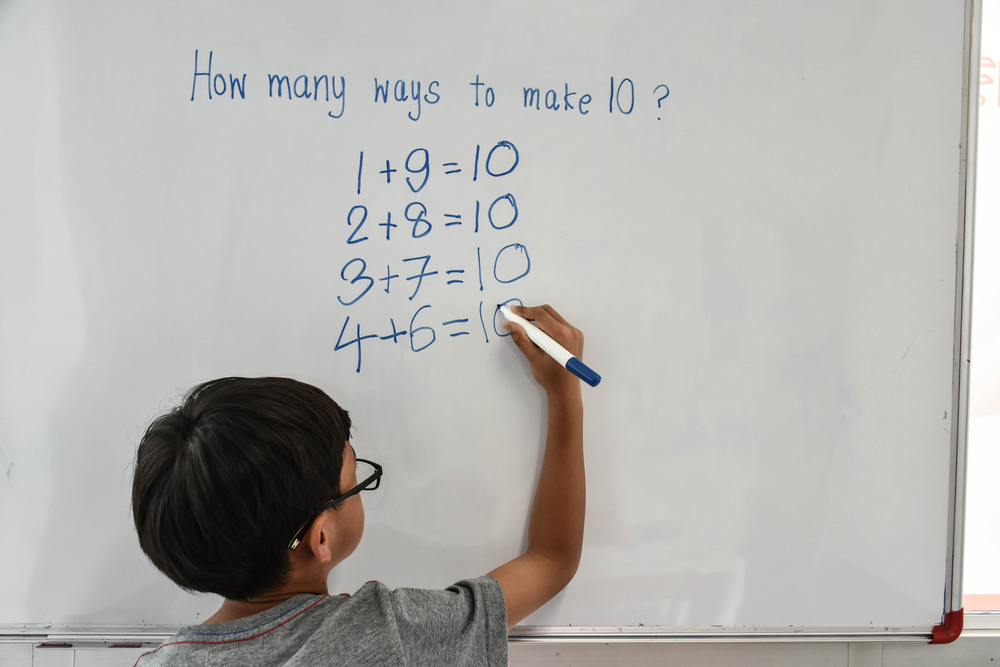Understanding sequence Worksheets for Ages 5-6
5 filtered results
-
From - To
Discover the fun and engaging "Understanding Sequence Worksheets" tailored for children ages 5-6. These worksheets are designed to help young learners grasp the concept of sequencing, vital for developing critical thinking and comprehension skills. Through colorful illustrations and interactive activities, kids will enjoy sorting events, arranging pictures, and creating logical order in stories. These worksheets not only enhance cognitive abilities but also promote creativity and language skills. Ideal for classroom use or homeschooling, our printable resources provide a comprehensive and enjoyable way for children to learn sequencing in a playful environment. Support your child’s learning journey with our exciting sequence worksheets!
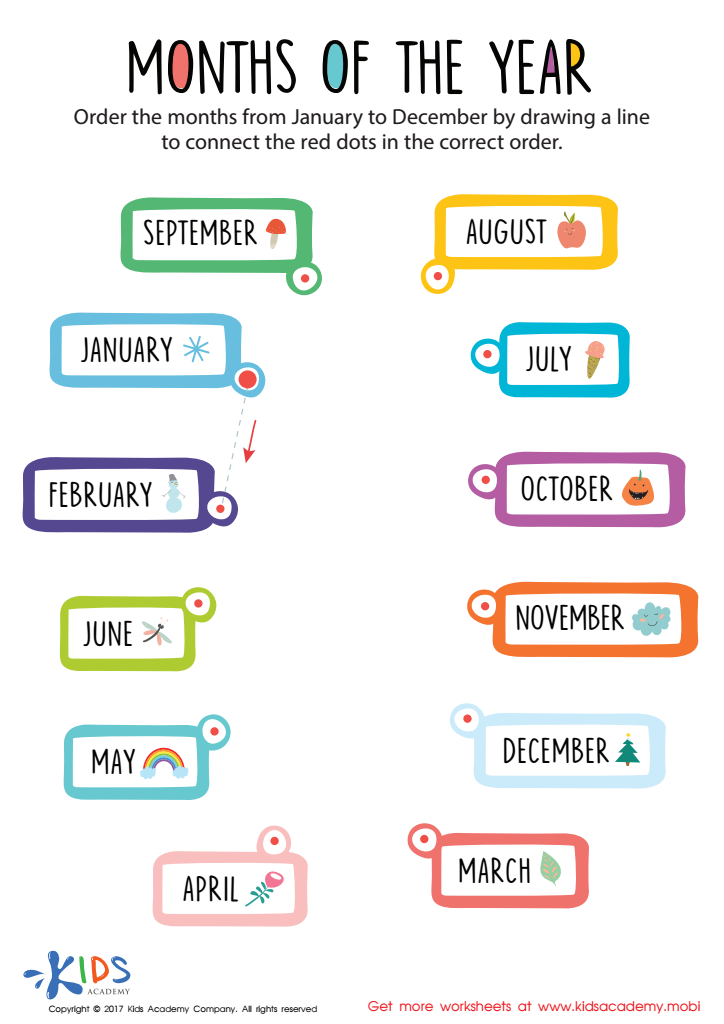

Months of the Year Worksheet
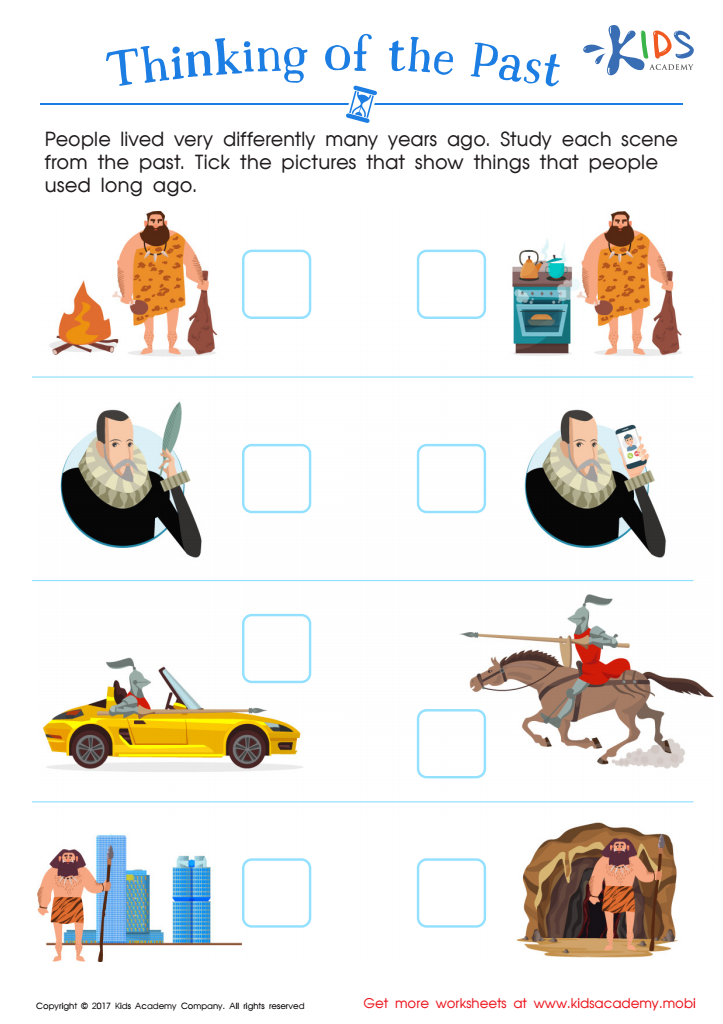

Thinking Past Printable
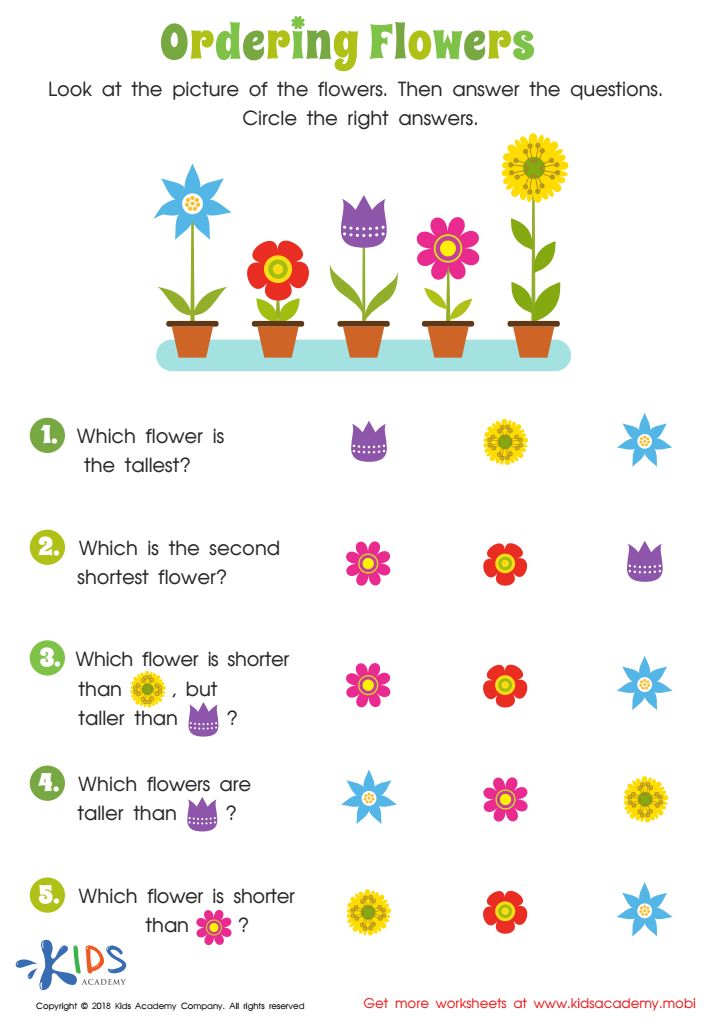

Ordering Flowers Worksheet
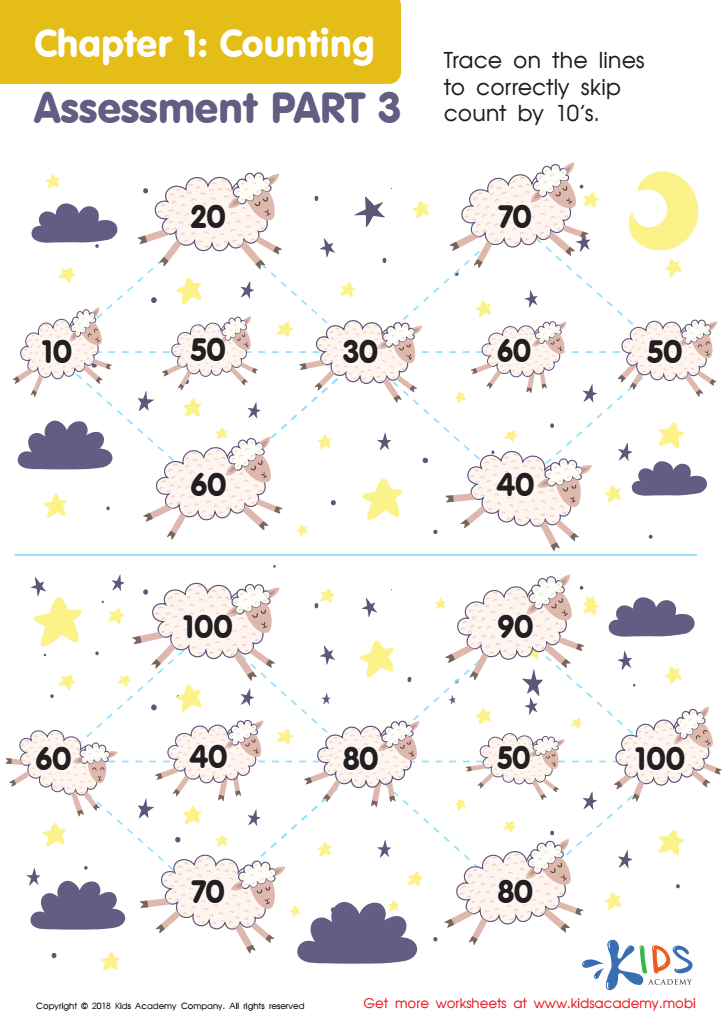

Counting: Assessment 3 Worksheet
Understanding sequence is crucial for children ages 5-6, as it forms the foundation for various cognitive and academic skills. At this age, children are beginning to make sense of the world around them, and having the ability to recognize and create sequences helps them in many areas, including language, mathematics, and problem-solving.
Firstly, sequences improve language development. By understanding the order of events in stories, children can better comprehend narratives, which enhances their listening and reading skills. Secondly, in mathematics, sequencing lays the groundwork for understanding patterns, counting, and basic operations. Recognizing numerical sequences is key to grasping addition and subtraction concepts.
Moreover, developing sequencing skills aids in daily life skills, such as following instructions, completing multi-step tasks, and planning. This organization promotes independence and self-regulation in young learners.
In the classroom, teachers can weave sequencing into lessons through storytelling, charting daily activities, or teaching math concepts. Parents can reinforce this at home by discussing daily routines or engaging in kitchen activities like following recipes. Ultimately, caring about sequencing helps children become thoughtful and organized learners, equipping them with tools for future academic success and lifelong learning.
 Assign to My Students
Assign to My Students

